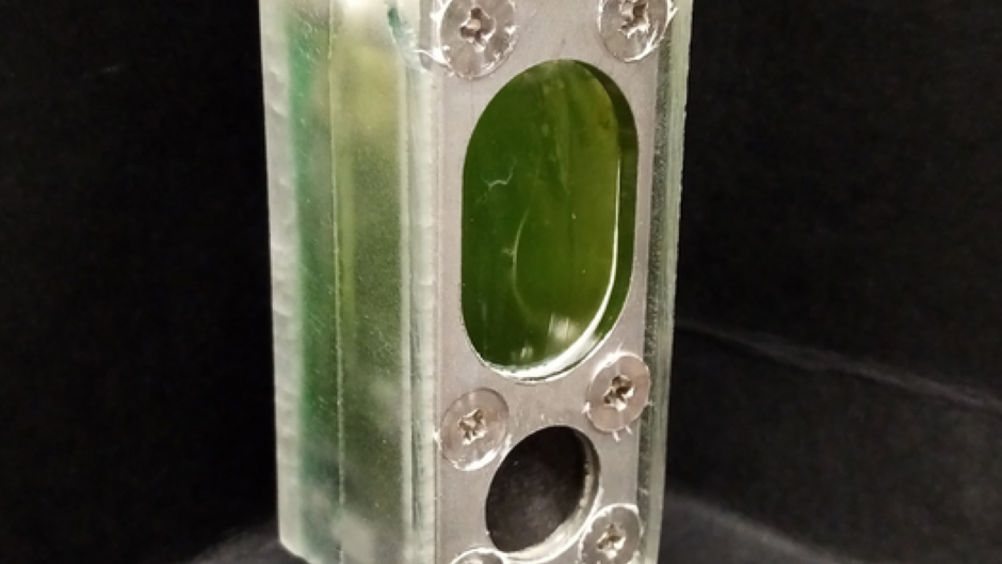
This system, containing blue-green algae, powered a microprocessor continuously for a year using nothing but ambient light and water - Paolo Bombelli
Developed in a collaboration between Cambridge University and ARM, the system could provide a reliable and renewable way to power small devices.
Comparable in size to an AA battery, the power source contains Synechocystis, a type of non-toxic algae that harvests energy from the sun through photosynthesis. The tiny electrical current this generates then interacts with an aluminium electrode and is used to power a microprocessor.
It is made of common, inexpensive and largely recyclable materials and could be replicated hundreds of thousands of times to power large numbers of small devices as part of the Internet of Things. The researchers said it is likely to be most useful in off-grid situations or remote locations.
“The growing Internet of Things needs an increasing amount of power, and we think this will have to come from systems that can generate energy, rather than simply store it like batteries,” said Professor Christopher Howe in Cambridge University’s Department of Biochemistry, joint senior author of the paper.
He added: “Our photosynthetic device doesn’t run down the way a battery does because it’s continually using light as the energy source.”
In the experiment, the device was used to power an Arm Cortex M0+ microprocessor used widely in Internet of Things devices. It is said to have operated in a domestic environment and semi-outdoor conditions under natural light and associated temperature fluctuations. After six months of continuous power production the results were submitted for publication.
The study is published in the journal Energy & Environmental Science.
“We were impressed by how consistently the system worked over a long period of time – we thought it might stop after a few weeks but it just kept going,” said Dr Paolo Bombelli in Cambridge University’s Department of Biochemistry, first author of the paper.
The algae creates its own food as it photosynthesises. Photosynthesis requires light, but the device can continue producing power during periods of darkness and the researchers think this is because the algae processes some of its food when there is no light, which continues to generate an electrical current.
The Internet of Things is a vast network of electronic devices - each using a small amount of power - that collect and share real-time data via the internet. Using low-cost computer chips and wireless networks, many billions of devices are part of this network, whcih is expected to grow to one trillion devices by 2035.
The researchers said that powering trillions of Internet of Things devices using lithium-ion batteries would be impractical: it would need three times more lithium than is produced across the world annually, and traditional photovoltaic devices are made using hazardous materials that have adverse environmental effects.
Arm Research developed the Arm Cortex M0+ test chip, built the board, and set up the data-collection cloud interface presented in the experiments.